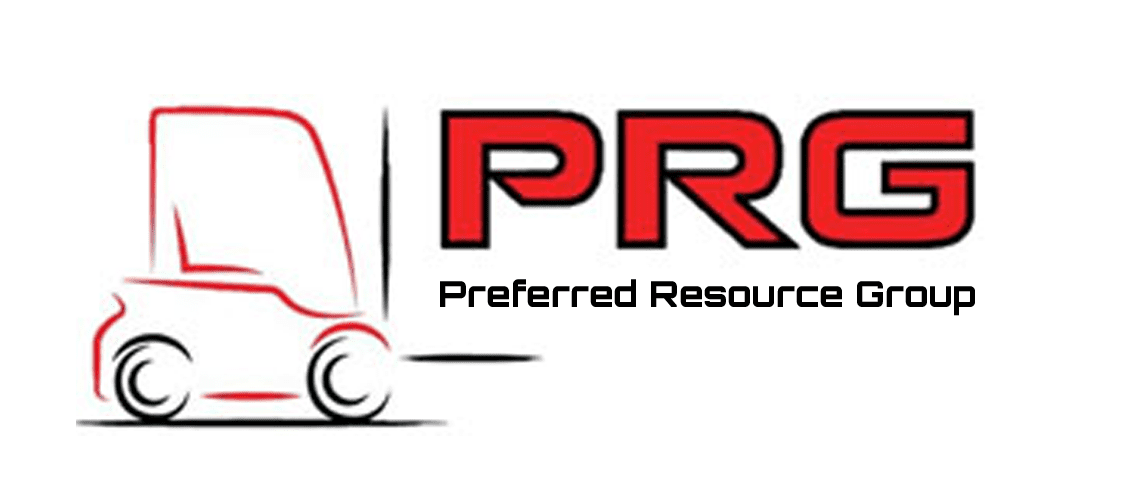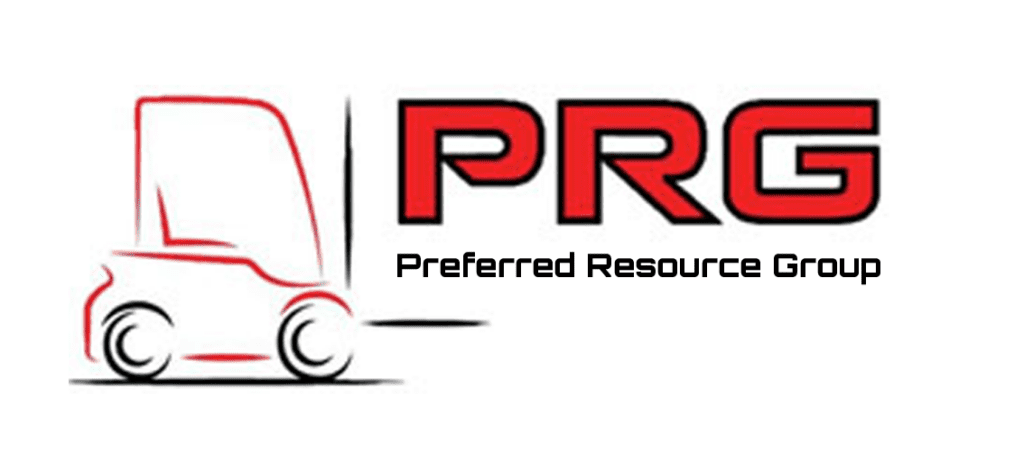The problem is obvious to anybody who has ever worked in a warehouse, construction site, or shipping dock. Heavy loads, last-minute adjustments, tight deadlines, and that one forklifts that barely passes muster?
Time is wasted on unnecessary trips, safety is jeopardized by overloaded lifts, and occasionally it seems like the equipment is against you rather than on your side. This is the role of large capacity forklifts, which aren’t simply “bigger versions” of improved efficiency forklifts. Built for the hard grind, they are workhorses.
This isn’t another blog about heavy lifting machines. In locations where high-load applications are commonplace, it’s about how the correct forklift can truly enhance productivity, simplify mayhem, and transform your day.
So if you’re tired of slowdowns, repeat lifts, or juggling multiple smaller forklifts for one big job, keep reading. This one’s for you.

What is a Large Capacity Forklift?
While the average forklift can carry between 3,000 and 5,000 pounds, a big capacity forklift is like the heavyweight champion of the forklift world. These beasts can lift 15,000 pounds and more, with some even reaching 100,000 pounds.
You’ll see them where big lifting happens every day:
- Ports (hello, stacked shipping containers)
- Steel factories
- Lumber yards
- Construction zones
- Massive distribution centers
With bigger frames, broader forks, significant hydraulic power, and engines that don’t quit midway through the shift, these machines are constructed differently. Indeed, they are not only “overkill”; rather, they are precisely what you want when “standard” is insufficient.
To find out if this is true for your company, ask yourself how often you have had to perform two or three lifts to transfer a single item. That’s right.
Why Does Size Matter When Selecting Forklifts?
Moving a 12,000-pound weight with a 10,000-pound forklift is like attempting to take your refrigerator upstairs on a grocery cart. You can accomplish it technically, but is it wise? Not at all.
This is the point at which many individuals become frustrated.
Even after investing in improved efficiency forklifts, productivity seems to be stuck in second gear. Why? The size of the machines is the issue, not the quantity.
Attempting to overwork smaller machines just ends up costing you more since heavy loads require big lifting strength.
- Time (more trips = more hours)
- Labor (more operators involved)
- Risk (more chances for something to go wrong)
Forklifts that can perform heavy lifting in a single motion are crucial to firms looking to increase productivity. less journeys. less malfunctions. Everyone will have less stress.
Key Features That Drive Productivity with Forklifts
Okay, so what makes these improved efficiency forklifts so damn efficient?
Let’s break it down in plain English, no spec sheet lingo, just what actually helps on the floor:
1. Power That Doesn’t Stall
These improved efficiency forklifts, whether diesel or electric, are incredibly powerful machines. They won’t start to wheeze in the middle of an elevator. They go when you press the pedal. Easy.
2. Control That Builds Confidence
You have features like stability technology, sway control, and auto-load balancing. Interpretation? To stay safe, your personnel don’t need to battle the machine. All they need to do is concentrate and finish the task.
3. Tech That Has Your Back
More recent large-capacity forklifts are equipped with the following:
- Sensors for load weight
- Software for tracking fleets
- Alerts for maintenance
- Monitoring of driver conduct (yes, even that)
This goes beyond fancy things. It lets managers keep an eye on what’s functioning and what needs to be fixed before things break down and maintains operations tightly.
4. Comfort is Equal to Speed
This is something we don’t discuss enough. Operators who are more at ease operate more quickly. These devices have ergonomic controls, easier driving, improved sight, and seating that can be adjusted. Better results are correlated with less weariness.
Choosing the Right Large Size Forklifts
So, how can you choose wisely without succumbing to hype?
Begin with the fundamentals by asking yourself and your group the following questions:
- What do we lift that weighs the most? Not on average, but always. If your forklift breaks out when you need it most, don’t purchase it.
- Where do we use it? Inside? Outside?Gravel? Close quarters? Consider more than just weight.
- Which would we choose, diesel or electric? Both have advantages and disadvantages; in the long run, electric is quieter, cleaner, and less expensive. For activities requiring a lot of power outside, diesel provides the heat.
- What is the contingency plan? Select brands that provide operator training, parts availability, and reliable service. The machine’s uptime determines its quality.
Conclusion
Look, efficiency is crucial when you’re moving large objects on a daily basis. It goes beyond simply saving a few minutes here and there. It’s about creating a routine that genuinely works, minimizing burnout, and avoiding breakdowns.
Improved efficiency forklifts with a large capacity are not a luxury item. These are instruments that address actual issues, such as safer operations, quicker cycles, and fewer lifts. Not only what’s popular, but what works is what we’ve been helping companies like yours find in forklifts.
Get in touch with PRG Equipment right now to discuss practical solutions without any pressure or jargon. Just machines that advance your company.
FAQ’s
Ans: Not at all. If your current forklifts are struggling with weight or taking too long, upgrading makes sense — no matter the business size.
Ans: Some do. You’ll need to look at aisle width and turning radius, but modern large forklifts are smarter about space than you’d think.
Ans: In many cases — yes. Electric models now have the battery power to handle heavy lifting and reduce running costs too.
Ans: Yes. Fewer trips, less strain, better uptime, happier operators — it all adds up fast. If your loads are heavy, this isn’t even a maybe. It’s a yes.


